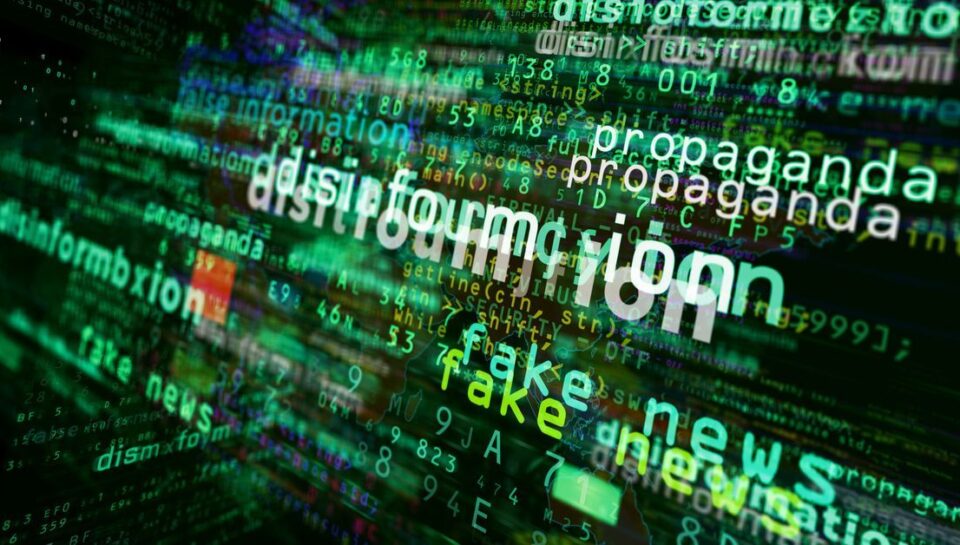The recent terrorist attack in Pahalgam, Jammu & Kashmir, which left at least 28 civilians dead and scores injured, has once again pulled the region into the global spotlight for all the wrong reasons. The attack was a brutal reminder of the long-standing volatility that continues to haunt South Asia, particularly the contested region of Kashmir.
India’s response to the Pahalgam attack was swift and forceful, with Prime Minister Modi’s Cabinet Committee on Security enacting a range of punitive measures against Pakistan, including halving diplomatic staff, expelling military attachés, closing the Attari-Wagah border, and suspending SAARC Visa Exemption Scheme for Pakistani nationals.
Most significantly, India placed the Indus Waters Treaty, an enduring symbol of cooperation, on indefinite hold. While this assertive stance may play well domestically, Indian media’s role in fanning nationalist sentiment raised alarm; instead of encouraging informed discourse, coverage quickly devolved into retributive rhetoric, sidelining facts and diplomacy in favor of sensationalism.
Indian mainstream media, known for its sensationalist tendencies in times of conflict, quickly devolved into a frenzy of accusations, moral outrage, and nationalistic fervor. Instead of promoting thoughtful reflection or responsible journalism, many channels rushed to point fingers across the border, fanning the flames of hostility without waiting for a complete investigation.
The tone was not of seeking justice, but of vengeance and confrontation. In the rush to dominate the narrative, some anchors and commentators openly questioned the legitimacy of diplomatic engagement with Pakistan, advocating instead for punitive military responses. Such war-mongering rhetoric, especially when amplified through national media, only serves to destabilize an already fragile region.
This one-dimensional portrayal of conflict not only obscures the complexity of Kashmir’s geopolitical reality but also primes the public for further escalation. The emotional manipulation of public sentiment through dramatic visuals, misleading headlines, and political dog-whistles is a dangerous game.
When media becomes a tool for glorifying militarized nationalism, it strays far from its duty to inform and protect democratic discourse. The situation becomes even more perilous when this kind of polarizing content is picked up, amplified, and further distorted on social media platforms, where algorithms prioritize virality over veracity.
In the digital age, the battlefield is not just physical – it is also virtual. Social media platforms like Facebook, Twitter (now X), and YouTube have emerged as central arenas where narratives are contested and identities are shaped. Unfortunately, these platforms are also being increasingly weaponized.
In the hours following the Pahalgam attack, trending hashtags flooded timelines, many blaming Pakistan without substantiated proof. Dozens of bot accounts and anonymous profiles began circulating inflammatory slogans, edited videos, out-of-context AI-generated images, and outright false claims. This digital cacophony, often originating from coordinated networks, is not just an expression of public sentiment – it is a deliberate attempt to inflame tensions, spread misinformation, and polarize societies.
These developments raise urgent questions about the role of social media giants in managing content on their platforms – especially in politically sensitive regions. Meta (formerly Facebook), Twitter/X, and YouTube have consistently claimed to uphold standards of transparency and integrity, yet their platforms remain fertile ground for fake news, hate speech, and propaganda.
Their content moderation systems, largely automated and inadequately localized, often fail to catch nuanced misinformation in South Asian languages such as Urdu, Hindi, Punjabi, and Kashmiri. What’s more, fact-checking mechanisms are either absent or ineffective in regional contexts, leaving users exposed to harmful content that circulates unchecked.
Social media companies must now accept that their platforms are not just communication tools –they are geopolitical actors. They influence public opinion, sway policy discussions, and, in some cases, contribute to real-world violence. It is no longer acceptable for these companies to plead neutrality or hide behind the complexity of content moderation.
Consequently, they must invest significantly in regional language support, collaborate with independent watchdogs and fact-checkers, and enforce stricter verification protocols for accounts that post political or sensitive content. They should also introduce stronger policies for identifying and taking down coordinated inauthentic behavior, particularly that which targets ethnic or national groups.
Over and above, transparency is essential. Social media platforms must make public the methodologies they use to identify fake accounts and disinformation campaigns. They should release regular transparency reports, especially focused on high-risk regions like South Asia, that detail the scale and scope of harmful content and the actions taken against it. Platforms must also allow access to researchers and civil society groups who are working to combat online disinformation and promote digital literacy.
Into the bargain, regulatory bodies in both India and Pakistan must also step up and create frameworks that compel these companies to be more accountable. However, these regulations must be rights-based and non-partisan, ensuring that they are not used as a pretext to silence dissent or legitimate journalism. A multilateral approach could be more effective in establishing digital norms that balance free speech with social responsibility.
Prime Minister Narendra Modi’s ambition of presenting India as a rising global power and economically vibrant India is contingent upon internal cohesion and regional peace. A media ecosystem that fuels hatred, and a social media sphere that allows disinformation to run rampant, will only undermine this vision. The same applies to Pakistan, which seeks regional stability to revive its struggling economy and improve its global image. Neither nation can afford to be held hostage by extremist narratives, whether propagated through TV studios or anonymous Twitter threads.
To cut a long story short, the tragedy in Pahalgam should have united the region in grief and resolve, but instead it has become another catalyst for division. If South Asia is to move beyond its historical baggage, it must first address the toxic ecosystem of information that surrounds its most sensitive issues. Only when media is responsible, and social media platforms are held accountable, can peace truly have a fighting chance.


